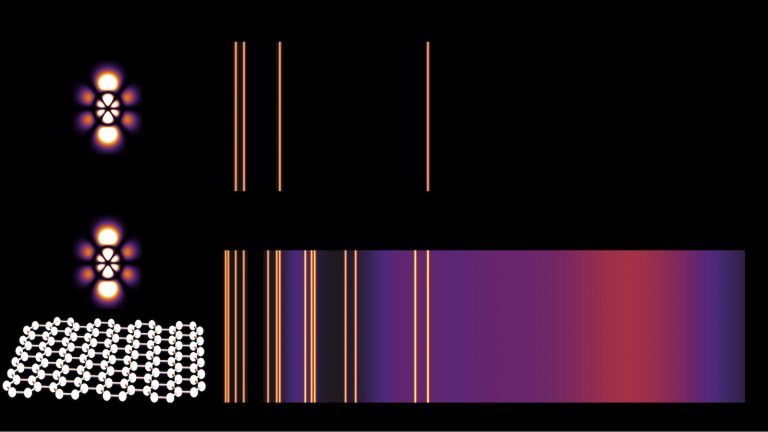Accessing Forbidden Transitions via Polaritons

One of the most fundamental avenues of study in controlling light-matter interactions is engineering of the spontaneous emission rates of excited electrons in emitters (atoms, molecules, artificial atoms, etc.). In general, the spontaneous emission is modified by placing the emitter in an optical environment different from free-space, such as an optical resonator with a high quality factor or a low modal volume. In our work [1], we considered the effect of plasmons in 2D materials such as graphene to enable conventionally forbidden transitions. Plasmons in graphene are electromagnetic waves which are confined to the surface of graphene. Their wavelength is much shorter than that of free-space photons at the same frequency, by a factor called the confinement factor. Graphene’s unprecedentedly high photonic LDOS in addition to its unprecedentedly high confinement allows for access to forbidden transitions at extremely fast rates. E5 transitions, where the orbital angular momentum of the electron changes by 5 (as for a transition between s and h orbitals), can happen in hundreds of nanoseconds. In free-space, these transitions take place on time scales comparable to the age of the universe. In other words, the basic constraints which have dictated studies of light-matter interaction thus far become invalidated, allowing for a plethora of qualitatively new light-matter interaction processes, and the design of new emitters.

nrivera at mit dot edu
Physics graduate student at MIT
